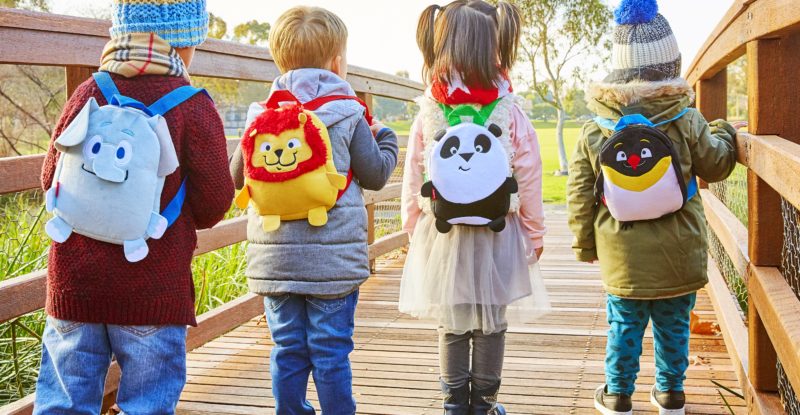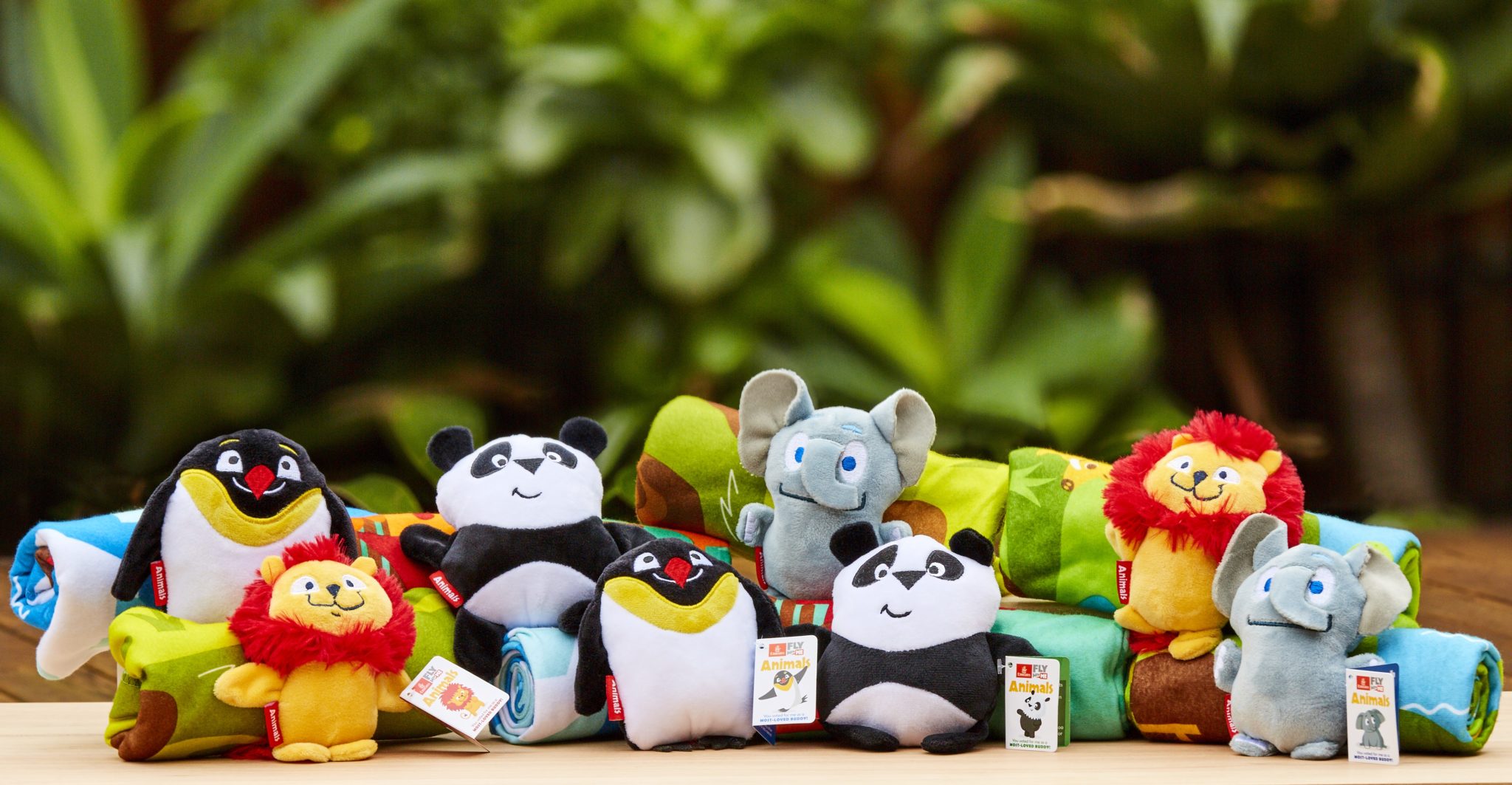 Flying is stressful and uncomfortable for everyone. Children are just more honest. When they are uncomfortable they voice their distress, which can in turn distress other passengers. Airlines will go out of their way to keep VIP flyers happy, but families traveling with children are often at a disadvantage.
Flying is stressful and uncomfortable for everyone. Children are just more honest. When they are uncomfortable they voice their distress, which can in turn distress other passengers. Airlines will go out of their way to keep VIP flyers happy, but families traveling with children are often at a disadvantage.
The whole process is complicated by more details to manage – from meal selection to reserving bassinets, checking carriers and finding adequate seating. Then parents are expected to run a gauntlet through the airport and on the plane, with children in tow. Junior PaxEx could use improvement.
Making children happy and making it easier to travel with family can foster brand loyalty.
Treating kids as VIPs pays off for airlines, not just because it reflects well on the brand but also because families include parents who – when traveling alone – could be premium business flyers.
Etihad Airways grabbed headlines when it introduced trained nannies on its flights, but airlines don’t have to add staff to ensure that families are cared for, and that tiny travelers are happy.
One popular tool for many years has been to offer children special amenities. These have gotten better, through partnerships with popular brands. Qatar Airways, for example, partnered with Hasbro to develop a fun line of toys and game boxes.
https://youtu.be/LjgpMA__fJ0
Emirates also built a fan base with its children kits and featured a junior passenger who collected Fly With Me Monsters in a marketing video.
Three years ago, the airline partnered with Lonely Planet Kids to introduce a new line of amenities, and changed over to Fly With Me Animals. The airline introduced a new collection of Animals and Lonely Planet gear this month, once again developed with its long-time supplier Buzz Products.
Though children’s amenities are fun, they aren’t a panacea. Some airlines also offer quality children’s meals and facilities for infants, like formula and extra diapers, which can help especially on longer flights. Of course, inflight entertainment channels with programming and games that are suitable for children are increasingly becoming a standard of service.
Dedicated check-in desks for families, and dedicated security queues at airports are less common. Where these are available, they can help relieve stress for all flyers since parents don’t have to feel like they are holding up the queue, and solo flyers can speed through their own lines.
We see too few digital tools to ease family travel, like being able to reserve seats for children’s carriers through the airline app or website instead of having to call reservations. This is an odd service gap in our digital society. An exception is KLM, where a number of family travel services can be managed on MyTrip.
There has also been little innovation on comfort and safety. These elements of Junior PaxEx should be as high a priority for children as they are for adults, but policy has left the little ones behind.
As RGN contributor Kathryn Creedy has reported, the lack of adequate child restraints available on board is an ongoing problem. Rules on what restraints parents can bring with them are confusing and vary from airline to airline. Offering certified seat restraints designed for children on board may seem like an added expense, but they would not put any greater burden on airlines than children’s life jackets and are more likely to be needed.
Air New Zealand, meanwhile, is to be commended for its work on “the Cuddle Belt” for the Skycouch. The airline has taken the initiative to ensure that families are comfortable on long journeys.
Toys and games are good. Eliminating travel friction for parents is better. Keeping children safe and comfortable during all phases of flight is optimal design.
Related Articles:
- Air NZ explains new comfort and safety options for infants and children
- From diapers to air pillows, Air Transat gets amenity details right
- Turkish Airlines turns to all-natural materials for new inflight toys
- Press Release: Skykids VR can keep kids entertained on long-haul flights
- Saudia’s Disney Tsum Tsum kid kits win big at Tillywig Toy Awards
- Pint-sized #PaxEx presents challenges for parents
- Qatar Airways unleashes the fun with new amenities for kids
- Why children need restraint systems on board
- Press Release: FORMIA enters the children’s amenity kit market
- Press Release: Emirates brings new Fly With Me Animal to life via 3D AR












